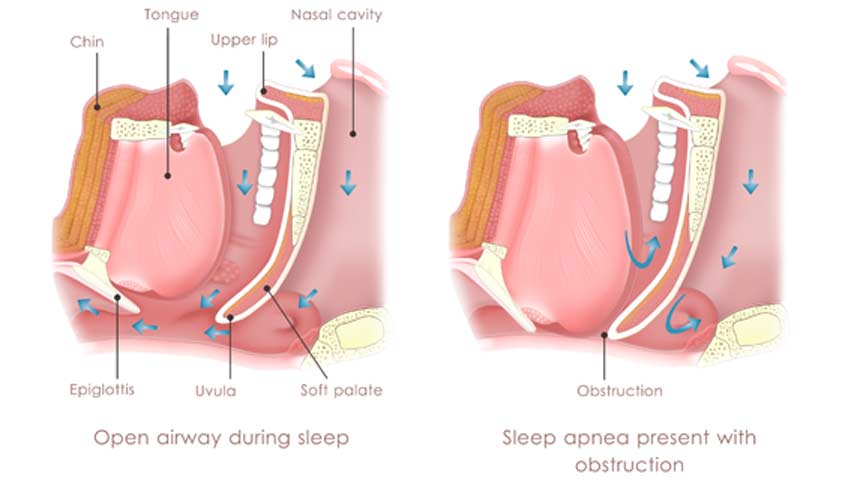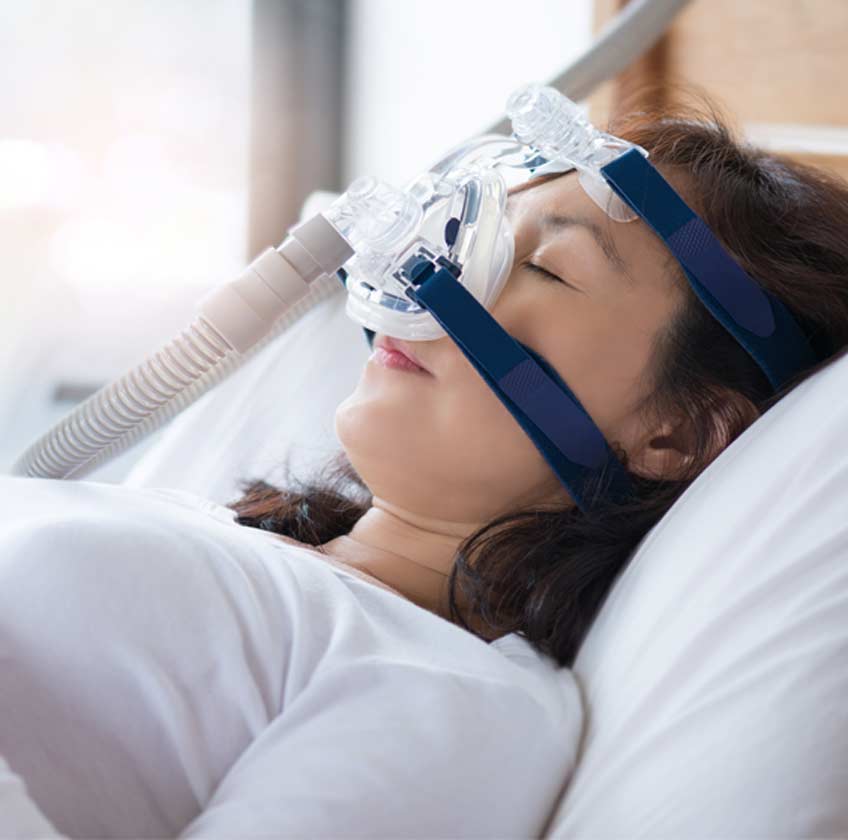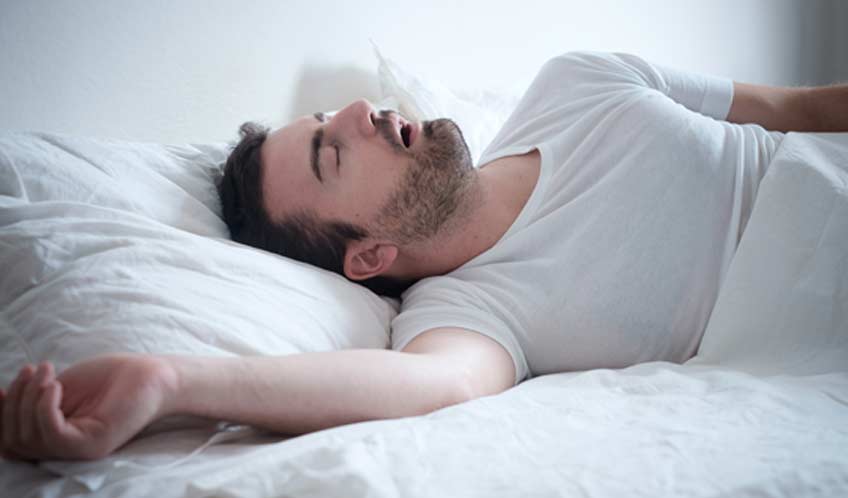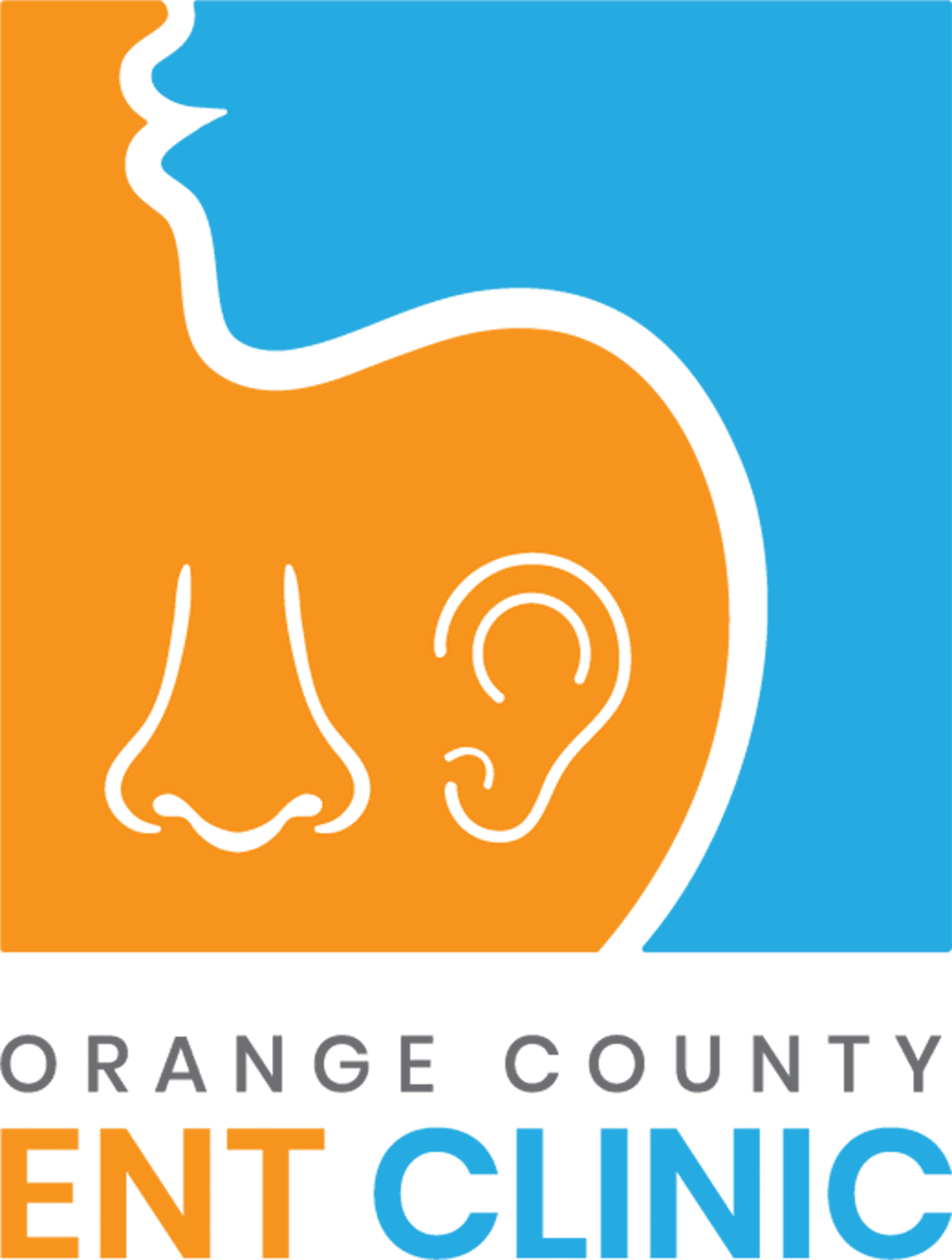
Obstructive sleep apnea is a sleep disorder that causes breathing issues while sleeping and can be difficult to detect unless you know what to look for.
While certain sleep disorders like insomnia and restless leg syndrome are easy to diagnose given how they cause the affected individual to have difficulties with getting to sleep, there are also some sleep disorders that can be difficult to identify since they occur primarily while the person is sleeping.
What Does Obstructive Sleep Apnea Refer To?
Obstructive sleep apnea is a kind of sleep disorder that can be serious in certain situations. When suffering from this condition, your breathing will stop and start repeatedly while you’re sleeping. While there are many different types of sleep apnea, the obstructive type is easily the most common. It occurs when the throat muscles relax occasionally during sleep, which causes the airways to become blocked. In most cases, this issue will lead to snoring problems. Whenever your breathing stops, your brain will sense the problem and wake you up briefly so that the airways can be reopened. You will then fall back to sleep without even knowing that you were awake. However, there are a range of complications that can occur because of sleep apnea, which range from general fatigue during the day to cardiovascular problems.


Main Symptoms of This Condition
Since you’ll be sleeping when obstructive sleep apnea occurs, it can be difficult to determine that you’re affected by this condition. However, there are some signs and symptoms that you should look out for. The main symptoms of obstructive sleep apnea include loud snoring at night and excessive sleepiness and fatigue during the day. The times that you wake up at night could be accompanied by choking or gasping. Other symptoms include morning headaches, nighttime sweating, high blood pressure, and frequent mood changes.
Risk Factors of Obstructive Sleep Apnea
While any person could begin to suffer from obstructive sleep apnea, there are an array of risk factors that heighten the chance that you’ll be affected by this condition. People who are overweight or obese have a higher chance of developing obstructive sleep apnea. The same is true of anyone who smokes, suffers from diabetes, has asthma, or has a family history of this condition. Some other risk factors that you should consider include chronic nasal congestion and narrowed airways, the latter of which is an inherited condition.
Treatment Solutions for Obstructive Sleep Apnea
While the symptoms and effects of obstructive sleep apnea are very difficult to deal with, there are numerous solutions that can be used to mitigate these symptoms or get rid of them altogether. For one, you should consider making some lifestyle changes depending on the cause of the condition. These lifestyle changes can include losing weight, exercising regularly, stopping smoking, using allergy medications, and lessening alcohol consumption. In the event that lifestyle changes or therapies don’t provide respite from the symptoms, surgery could be required. The surgical procedures used for the treatment of sleep apnea include jaw surgery, upper airway stimulation, surgical tissue removal, and a tracheostomy.
